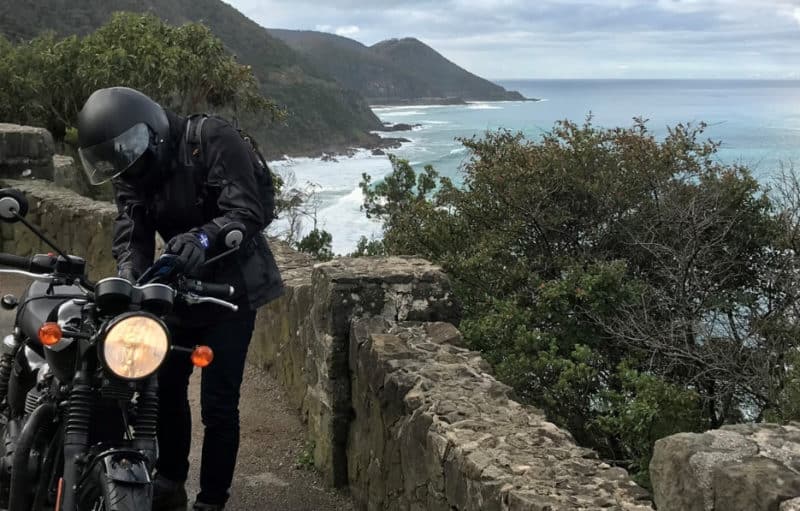PARK WATCH September 2019 |
An Aboriginal cultural site in Victoria, older than Stonehenge, has been added to UNESCO’s World Heritage List.
The Budj Bim Cultural Landscape, located in the traditional land of the Gunditjmara in western Victoria, is the only Australian World Heritage site to have been listed entirely for its Aboriginal cultural associations.
The site was created around 6,600 years ago, when the Gunditjmara people developed a permanent settlement on volcanic lava flows and associated wetlands. The area, covering about 10,000 hectares, contains the remains of around 300 round stone huts and one of the world’s most extensive and oldest aquaculture systems.
The settlement has long been cited as evidence that the common understanding that pre-European Aboriginal communities were nomadic is not always the case. The Budj Bim Cultural Landscape contains extensive evidence of stone house villages situated on numerous wetlands. These wetlands, such as Lake Condah, Condah Swamp, Gorrie Swamp and Homerton Swamp were formed when the Budj Bim lava flow blocked the natural drainage patterns of the water in the region.
The UNESCO listing points out that
“the Budj Bim lava flows, which connect these three components, have enabled the Gunditjmara to develop one of the largest and oldest aquaculture networks in the world. Composed of channels, dams and weirs, they are used to contain floodwaters and create basins to trap, store and harvest the kooyang eel (Anguilla australis), which has provided the population with an economic and social base for six millennia.
“The Budj Bim Cultural Landscape is the result of a creational process narrated by the Gunditjmara as a deep time story, referring to the idea that they have always lived there. From an archaeological perspective, deep time represents a period of at least 32,000 years. The ongoing dynamic relationship of Gunditjmara and their land is nowadays carried by knowledge systems retained through oral transmission and continuity of cultural practice.”
World heritage status is not awarded lightly. In this case, the listing was preceded by extensive works to restore traditional water flows to the landscape. In the mid 20th century, a drain had been constructed to take water from what was then known as the Condah Swamp.
The restoration of water to Tae Rak (Lake Condah) has been the subject of proposals that commenced in the 1970s and concentrated then on the field and game aspects of the area. With the return of the Condah Mission site and neighbouring land to traditional owners in the mid-1980s, the first restoration proposal based on Gunditjmara heritage values was made.
In March 2008, the Lake Condah area was returned to Gunditjmara people by the state of Victoria. The Lake Condah Restoration Conservation Management Plan was also completed to ensure that the extensive Gunditjmara cultural heritage values were maintained and enhanced during and after the installation of a new weir.
In 2010, the Lake Condah Restoration Project was awarded the Civil Contractors Federation Earth Award which acknowledged the following attributes of the project:
- its design, which was in keeping with the cultural and environmental sensitivity of the site;
- the engagement of the local Indigenous community in all aspects of the construction; with training and on-site supervision, Indigenous workers were recruited to undertake all the construction tasks, as well as some of the administration roles;
- an exhaustive community consultation program involving all stakeholders; this enabled the realisation of a united vision for the project and a highly cooperative team for implementation.
Budj Bim Tours currently offer opportunities for access to the Budj Bim Cultural Landscape. Government funding for the Budj Bim Master Plan will produce an increased range of visitor infrastructure, including information facilities and more raised pedestrian walkways to limit visitor impact.
Visitors are welcome as ever to the crater and lake area (previously Mt Eccles) of Budj Bim National Park.
Budj Bim means ‘High Head’, as the cone of the volcano relates to a Gunditjmara Dreamtime story where a giant revealed itself in the landscape.
Victorian National Parks Association congratulates the Gunditjmara community on their restoration work, and on the considerable achievement of World Heritage recognition for this remarkable and truly precious site.
Thanks to UNESCO and the Gunditjmara community for the information in this article.
- Budj Bim Cultural Landscape – National Museum Australia
- Keep up to date about nature issues in Victoria by subscribing to our email updates.
- Become a member and receive our print magazine Park Watch four times a year.
